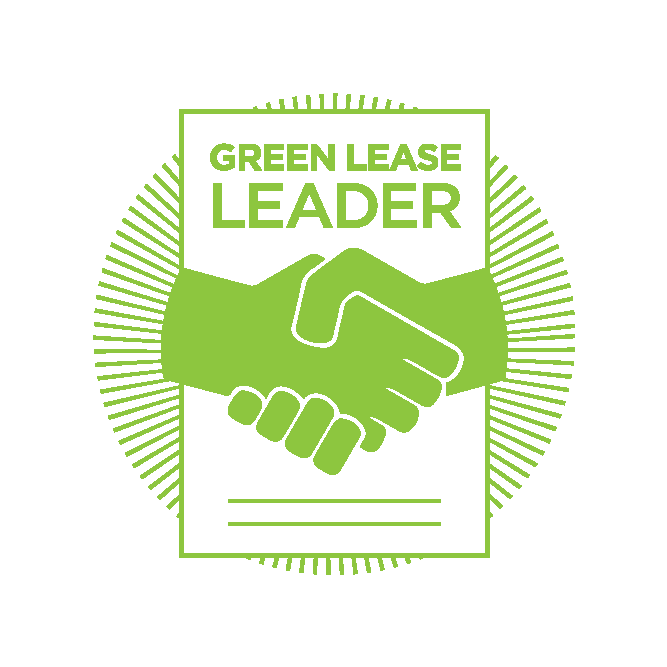With a majority of U.S. adults at least partially vaccinated, businesses are eager to get back to work—but operations shouldn’t return to the status quo. The pandemic revealed the deep shortcomings of traditional landlord and tenants leases. Even with dramatically lowered building occupancy, energy costs were typically no more than 20% lower than average. This meant greater losses for building managers and tenants, and continued climate emissions at a moment when companies are being held accountable for climate action, or inaction. A key solution to reducing costs and emissions is green leasing, which is increasingly gaining traction in commercial real estate. This year’s class of Green Lease Leaders is providing a blueprint for how we can scale this approach, even in difficult times.
Lesson 1: Look at the long term business strategy
This year there are a record number of awardees, despite the tremendous challenges of operating in a pandemic over the past year. Among them are retail businesses that faced particularly tough times, but still found value in green leasing practices because of the stronger tenant-landlord relationships the leases facilitate, the energy savings they generate and the way the leases help companies respond to mounting investor and customer pressure to demonstrate climate action. In the long run, companies that act now to green their portfolio will have a head start on competitors who don’t, and on legislation that may come from government as the country pushes to halve emissions.
Lesson 2: Implementing green leases is doable
The Green Lease Leaders program honors companies that have implemented green leases with Gold-level recognition. A majority of this year’s winners went beyond the theoretical and are now operating with green leases in their portfolio. The experience makes it easier for landlords and tenants to expand leases to new properties and to scale other decarbonization strategies they may be considering, like employee efficiency programs that are more powerful when the benefits accrue to the employer.
Lesson 3: Green leases are valuable for multifamily properties
This year we expanded the program to multifamily properties and two winners are leading the way in applying them. The Forge designs luxury market properties that meet high efficiency standards, and recognizes that performance cannot stop after the building is erected. Tenant awareness and participation are necessary to ensure the efficient design can be achieved and maintained. The City of Cincinnati worked with Prosper Capital to incorporate green leasing and operational improvements that support its Warm Up Cincy program. The program focuses on reducing tenant energy bills by providing landlords with education and tools to improving their building energy and water performance as well as tips for engaging tenants to adopt more efficient practices in their rental units.
Lesson 4: Green leases are valuable beyond our borders
We had several international awardees this year, such as FIBRA Macquarie Mexico an industrial and retail REIT, showing this program has international relevancy. Companies all around the world must show their stakeholders they are taking climate action, and they are taking note of how green leases increase building efficiency and reduce climate emissions while also benefitting building owners and tenants. In fact, while green leases theoretically exist in other countries, our program is one of the most robust approaches to standardizing and scaling those leases, thus offering companies a proven model for how to reshape business as usual.
Lesson 5: Teamwork means involving more than landlords and tenants
Teamwork reigned supreme in 2021 and we have more Team Transaction winners than in past years, showing the importance of collaboration among owners, tenant attorneys, financing entities, and others. Shifting tenant priorities, new local building regulation, and innovation requires a new approach that is best achieved through collaboration. This award enables participants beyond landlords and tenants and speaks to the importance of having whole teams working together for better buildings.
Implementing efficiency solutions in leased spaces is challenging, no matter the property type, but this past year demonstrated that when green leasing was applied efficiency, safety and much more were made possible by landlords and tenants working together to get the job done. Sign up and be the first to read how 2021 Green Lease Leaders Gold recipients are leading the way.

